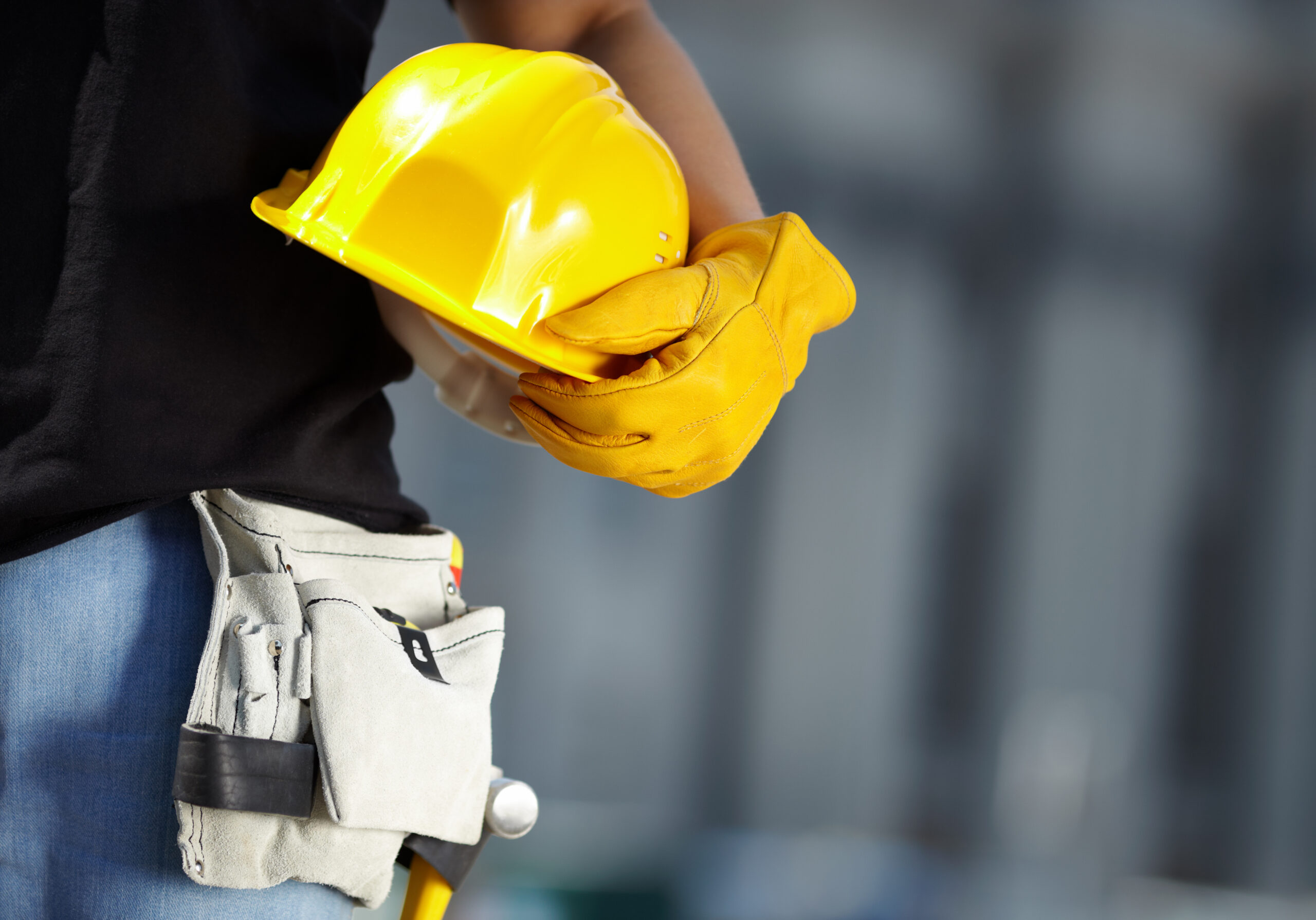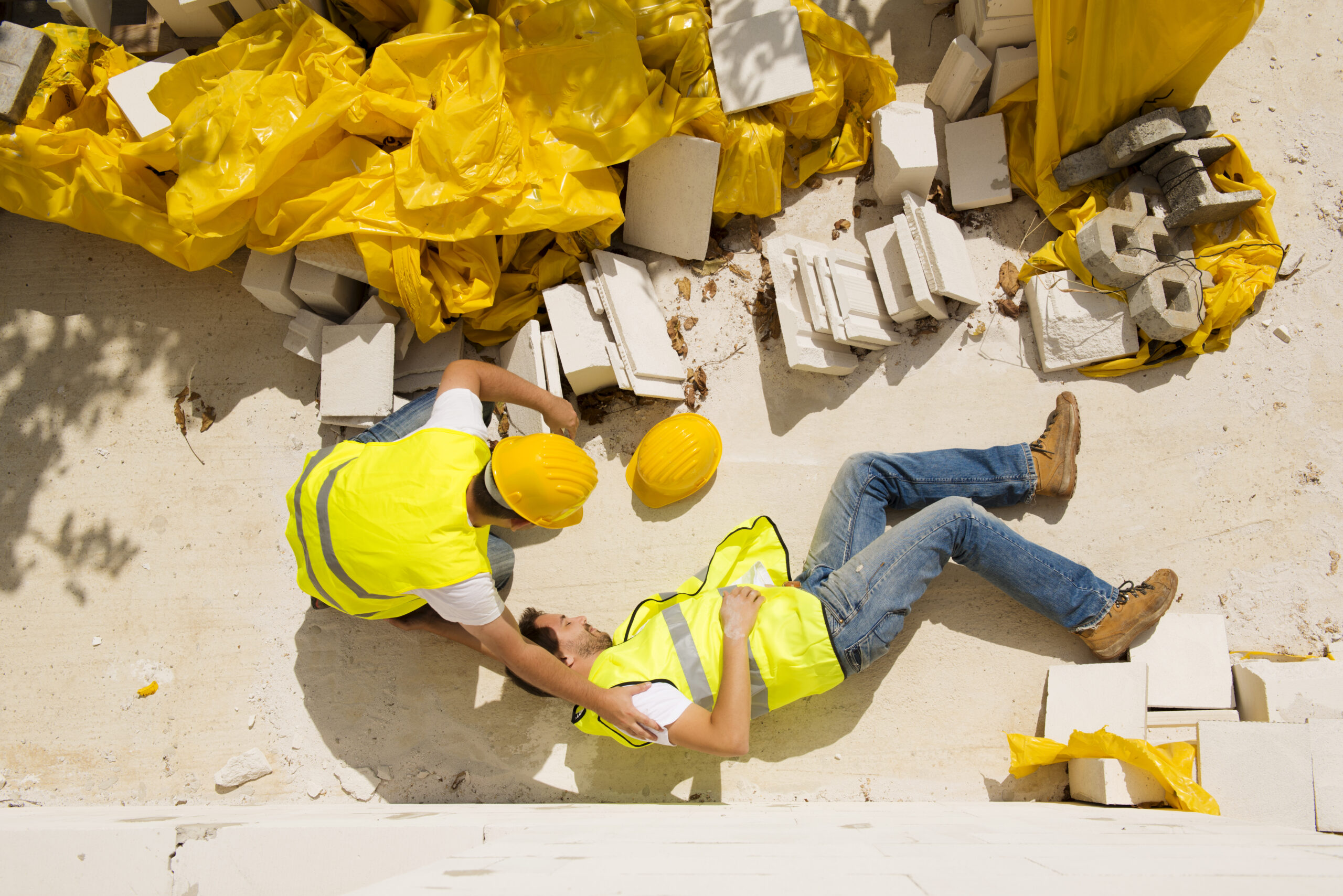In both home and workplace environments, Ladder accidents are a common yet preventable cause of injury. Knowing the primary causes of ladder accidents and implementing effective safety measures can significantly reduce the risk of these dangerous falls. This blog explores the most common reasons why people fall from ladders and provides practical tips to ensure your safety when using ladders.
The importance of knowing the hazards makes ladder safety crucial.
Every year, thousands of individuals suffer injuries because they are not proficient ladder users. Building sites account for many of these mishaps. Cleaning or replacing a lightbulb are both very easy jobs, but they may quickly turn hazardous if you aren’t careful. People may be wounded or even killed in these types of incidents. Thus, strict safety regulations are necessary.
What Causes Injury on Ladders?
Selected as the incorrect ladder
Using the incorrect sort of ladder for the work is a typical error that results in ladder accidents. There are several ladders designed to do various tasks and support varying weights. If a ladder is inappropriate for the task or cannot support the user’s weight, an accident is much more probable.
Badly built ladder
A ladder has to be erected correctly to be stable. An unstable ladder may easily fall off. Putting the ladder down on uneven ground, not extending it all the way, and not fastening it at the top and bottom are some common blunders people make.
Going too far or being too busy
Reaching sideways or putting too much weight on the ladder might topple it. Stay straight and away from the sides as you ascend the ladder.
Not doing enough maintenance
Ladder maintenance is crucial for safety. Ladders with damaged rungs, loose pieces, or rusted portions may break catastrophically.
Not enough training for users
Improper instructions cause many ladder accidents. Most ladder users are unaware of their dangers; therefore, they ignore them and perform harmful things.

Effective Ways to Keep Ladder Accidents from Happening
Selecting the Right Ladder
Check out the Job:
You should pick a ladder that is right for the job. Consider the required height and the load that the ladder can support.
Type’s Important:
For jobs that need to be done at a higher level, use an extension ladder instead of a step ladder. Make sure it has the right load grade to hold your weight and any tools you may have.
Proper Ladder Setup
Stable Ground:
Always set the ladder on a firm, level surface. Avoid slippery, wet, or soft grounds.
Secure Placement:
Make sure the extension ladder goes at least three feet over the roof or edge it’s leaning against.
Follow the 4-to-1 rule:
The base of the ladder should be one foot away from the wall for every four feet of height.
Safe Ladder Practices
Climb Consciously:
Always face the ladder when climbing and descending. Use both hands to grasp the rungs, not the sides.
Stay Centered:
Keep your hips between the rails of the ladder. Do not lean too far to the sides, and never try to move the ladder while on it.
Avoid Overloading:
Do not exceed the maximum load capacity. Remember that this includes your weight plus any equipment or materials.
Regular checks and maintenance
Check Before You Use:
Before each usage, inspect the steps for any visible damage, such as broken screws or dents.
Clean it up:
If the ladder has become slick from dirt, liquids, or anything else, remove it immediately.
Checks for Basics:
Do thorough checks on all steps on a regular basis and throw away any that show signs of major damage or wear.
Training and Being Aware
Teach your employees:
Workplaces should hold safety training classes that go over the basics of ladder safety, how to use different kinds of ladders correctly, and how important it is to follow safety rules.
Encourage being alert:
Users should always be careful and double-check how they stay safe.
Recognize Environmental Factors
Weather Conditions:
Be wary of using ladders in adverse weather conditions. Wind, rain, and ice can compromise ladder stability and increase the risk of slipping. Always check the forecast before beginning work that involves ladder use and delay tasks if severe weather is expected.
Visibility:
Ensure adequate lighting when using a ladder. Poor lighting can obscure your vision, making it difficult to safely navigate the rungs. If necessary, use portable lights to ensure that each step on the ladder is clearly visible. Avoid using ladders at dusk or dawn when the light is most likely to be insufficient.
Use devices that can help
Use Stabilizers:
Ladder stabilizers can make things safer by making the base of the ladder wider and less likely to wobble. This is very important when working on areas that aren’t level or at a height.
Safety gear:
You may climb using a tool belt to liberate your hands. Slip-proof your shoes. You can also protect your hands and make it easier to hold things by putting on gloves. For high-risk areas, safety devices should be thought about to keep people from falling.
Set up a buddy system
Work in Pairs:
For jobs that have to do with the stairs, use the friend system as much as possible. A partner can help keep the ladder steady and help right away if something goes wrong. They can also help you move things around, so you don’t have to take big things up the ladder. This lowers the chance of falling.
Communication is Key:
Always tell the person helping you what you’re doing. Making sure everyone understands each other clearly can help avoid mistakes and speed up the reaction time in an emergency.
Build a culture of safety
Encourage Safety:
Actively encourage a mindset of safety at work. Encourage workers to report dangerous situations and ideas for making things better. Safe behavior will stick around longer if you recognize and reward it.
Regular meetings for safety:
Hold regular meetings to talk about safety rules and share stories of recent accidents or close calls, with a focus on what can be learned. This teaches workers about safety and keeps it at the top of their minds.
Control Access to Ladders
Limit Access:
To keep ladders out of the hands of unauthorized or inexperienced people, store them securely. To guarantee that only competent people have access, think about locking ladders away while not in use.
Child Safety:
At home, ensure ladders are inaccessible to children to prevent unsupervised use. Teach children about the dangers associated with ladders and supervise any activity near stored ladders.
Plan for emergencies by making emergency procedures
Plan for Emergencies:For what to do in case of an accident, make a clear plan. That list should have emergency numbers, first aid supplies, and a plan for leaving the area if needed. Everyone must know what to do in an emergency, so go over and practice the emergency plans often.
Answer quickly:
To avoid a ladder accident, make sure that everyone on the team knows what to do quickly and safely. Accidents can often be less severe if people act quickly and effectively.
In conclusion, maintaining a safe environment at home or work and avoiding accidents depend on ladder safety. An injury may be greatly decreased by knowing the hazards and following the right protocols. The Cakani Law Firm offers comprehensive support for those affected by ladder-related incidents, advocating for safety and providing legal guidance. Stay educated, use the right equipment, and always prioritize safety to protect yourself and others from the dangers of improper ladder use.
Call 212-962-0500 or visit us regarding your needs!
The Cakani Law Firm, P.C.
MANHATTAN: 39 Broadway, 29th Floor New York, NY 10006
NEW JERSEY: 600 Sylvan Avenue, Englewood Cliffs, NJ 07632
WHITE PLAINS: 200 Mamaroneck Avenue, Suite 505 White Plains, NY 10601
Read More:
How Weather Conditions Contribute to Truck Accidents and Legal Recourse for Victims

